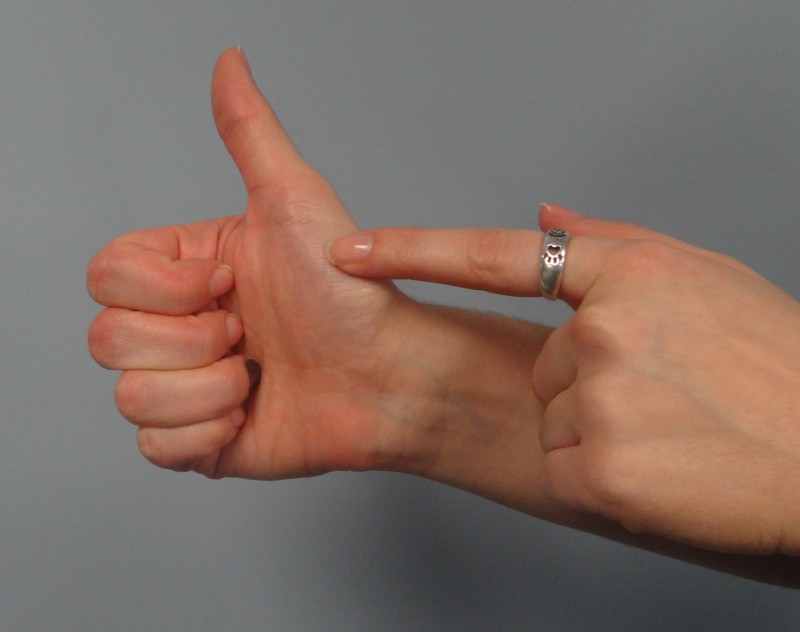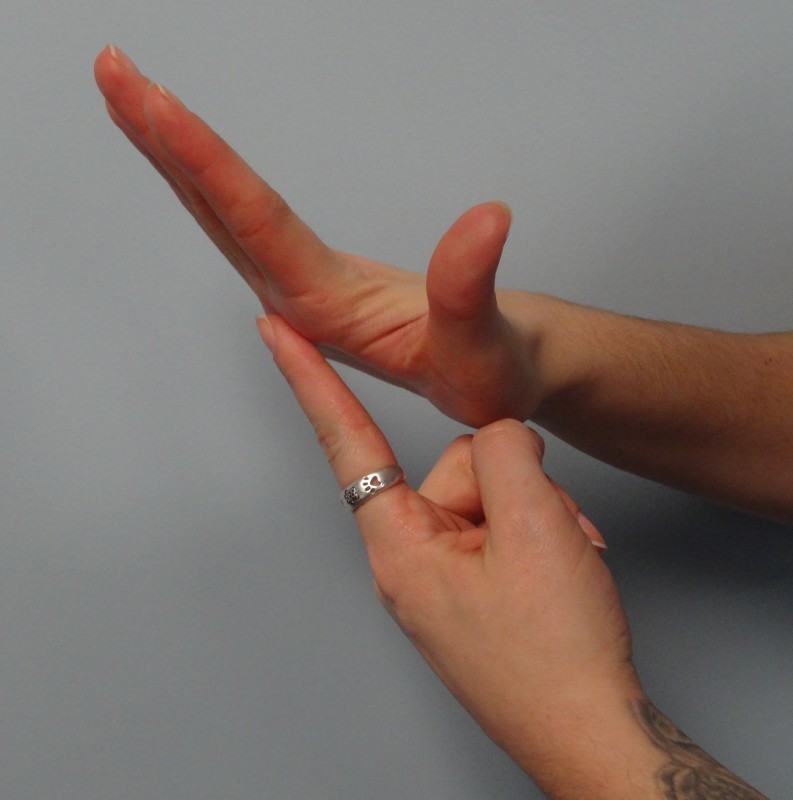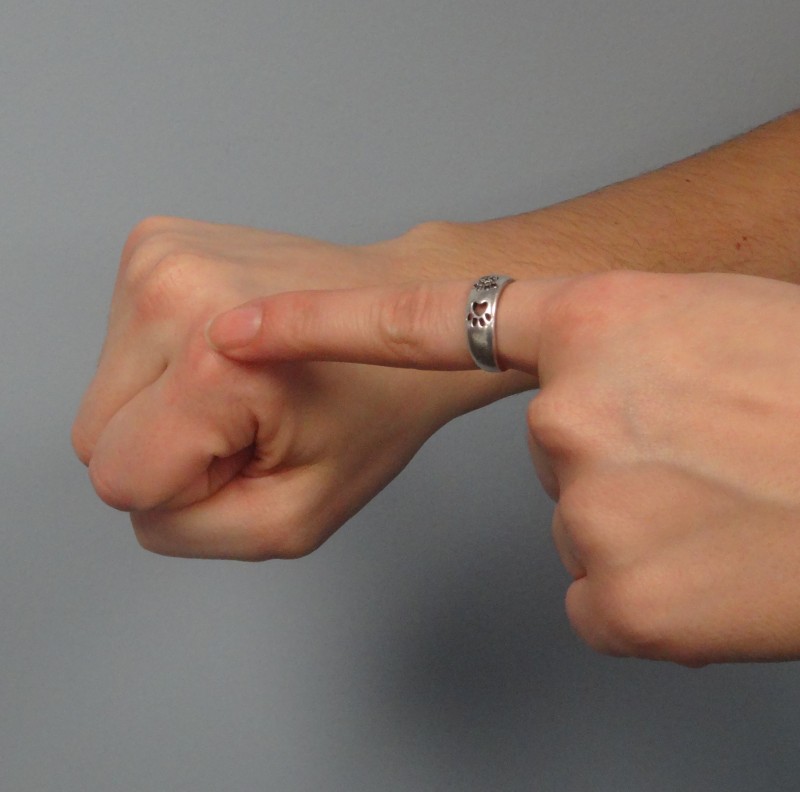Ups & Downs of Weight Loss for Pets
A Look at Weight in Pets
By Cathryn Fields, LVT
Why does your pet’s weight matter?
Maintaining a healthy weight is more than just looking good, a “healthy” weight is well…healthier. Correlations between obesity and other health concerns for dogs and cats are plentiful and include: poor quality & quantity of life, osteoarthritis, Intervertebral Disk Disease (IVDD), diabetes, urinary disease, effects the lungs and heart, and more (1).
Severely obese pets tend to have poor flexibility, tire quickly, and tend to not groom themselves well. It does not take much weight loss to see improvement in the quality and ease of movement. An overweight 20 pound pet will improve with a loss of a pound, while an overweight dog of 75 pounds will see improvement with a five pound loss (2, 3).
In 2002, Purina released a landmark study on the lifelong effects of maintaining a healthy weight in Labrador Retrievers. After studying the group of dogs for 14 years (the study began in 1987 and ended in 2001), it showed dogs maintained at a healthier weight had the median extended lifespans increased by 15%. Putting that to terms we can relate to, that is 2 years (4)!
Why is obesity in pets so common?
Many reasons why obesity has become such a large problem, is we simply don’t know what an ideal weight is. As a society, we are so used to seeing overweight pets that pets at ideal weights appear underweight to us. In fact, a short haired breed at an ideal weight will have their last two ribs visible.
Media does little to help, and encourages us to overfeed. We often see advertisements with food being used as a way to express love to our pets. Even feeding guides on the side of pet food bags have large weight ranges and encourage overfeeding. On dog food bags you can see ranges of 20-40 pounds being fed the same amounts of dog food (5).
What is an ideal weight?
With many mixed breeds and variations of pure breed dogs that exist today, body condition scores can be applied to any breed of dog or cat. Purina and Royal Canin have developed Body Condition System. Both systems use a 1 to 9 scale describing what an ideal weight looks like. Ideally, we like to see pets with a score of 5, with palpable ribs, a visible waist from the above, and a waist visible from the side. Pets with any orthopedic concerns, such as osteoarthritis, should ideally be a score of 4.
The University of Minnesota College of Veterinary Medicine produced a great visual for what a pet’s ribs should feel like using our hands as a guide. At an ideal weight you should be able to feel your pet’s ribs easily, but without excess fat covering. To replicate how this feels hold you hand flat and then (as best you can) lift your fingers towards the ceiling while keeping your palm flat. Now run a finger from your opposite hand across the palm of hand just under your fingers (Figure 1), you should feel a little fat and the bones of your fingers. Any pet that is over weight will not have ribs that are easy to feel. Make a fist with your thumb resting on the outside of your index finger. As you run your finger along the fleshy portion along the thumb and palm, you will not feel any bones (Figure 2). An underweight pet will have ribs that are very prominent, like running your fingers over the knuckles of your closed fist (Figure 3).

Figure 2. An overweight pet will have a thick covering of fat, making it difficult to feel any ribs.
Tips for Weight Loss for Pets
While weight loss involves cutting back, it does not mean you have to stop giving your pet what they love. It is all about moderation.
Tips for starting a successful weight loss program for your pets:
- Establish a weight loss goal
- Work with your veterinarian to determine the ideal weight for your pet
- Educate yourself on how to read the labels on pet foods and treats
- If the calories are not listed on a bag or box, call the company
- Use a measuring cup to measure your pet’s food
- Scoops can be inaccurate, before using verify their accuracy
- Find healthier alternatives to high calorie treats
- Cut large treats in half
- Purchase smaller treats
- For dogs use vegetables instead of cookies for rewards
- Green beans are full of fiber and low in calories, helping your dog fill fuller
- Carrots and fruit have more sugar than green beans, give in moderation
- Set aside the daily allowance of cookies for the day
- This is great for households with multiple people treating
- Once the jar is empty, no more treats until the next day
- Encourage your pet to be more active!
- Make a list of things your pet loves to do that doesn’t involve food
- Replace food rewards with play, toys, or activities
- Monitor progress, celebrate successes, and don’t fret over setbacks!
- During weight loss, your pet will look leaner before the scale reflects the weight loss
- If you are having problems getting success and metabolic disorders have been ruled out, seek guidance from a veterinary rehabilitation facility for additional help.
What do you think?
After covering all this information, let’s talk about a real world example. During the 2014 Westminster Show the Best of Breed and Best of Opposite Sex in Labrador Retrievers caused quite a stir. While there are many breed variations of the Labrador (field, show, etc.), what do you think of the winners in question? Here is the link to the pictures in question.
Preventing obesity and awareness is key to keeping our pets healthy.
Resources
(1) Top 5 Clinical Consequences of Obesity. Linder D. NAVC Clinician’s Brief, 19-21. Feb2014.
(2) The effect of weight loss on lameness in obese dogs with osteoarthritis. Marshall WG, Hazelwinkel HAW, Mullen D, De Meyer G, Baert K, Carmichael S. Vet Res Commun, 34, 241-253. 2010.
(3) Effect of weight reduction on clinical signs of lameness in dogs with hip osteoarthritis. Impellizeri JA, Tetrick MA, Muir P. JAVMA, 216 (7), 1089-1091. April 2000.
(4)Effects of diet restrictions on life span and age-related changes in dogs. Kealy RD, Lawler DF, Ballam JM, Mantz SL, Biery DN, Greeley EH, Lust G, Segre M, Smith GK, Stowe HD. JAVMA, 220 (9), 1315-1320. May 2002.
(5)Weight Management…AKA Veterinary Bootcamp. Kern DVM, CCRP, CVMA, CVMST, Tari. MAVT Conference. Crowne Plaza Lansing West, Lansing, MI. 10 October 2015.


